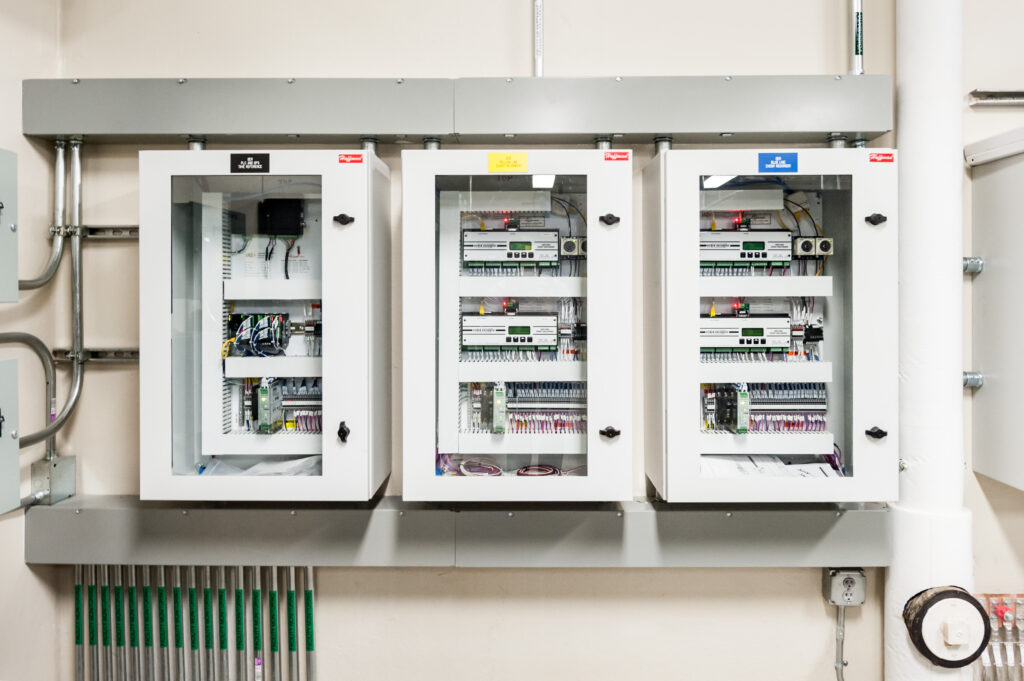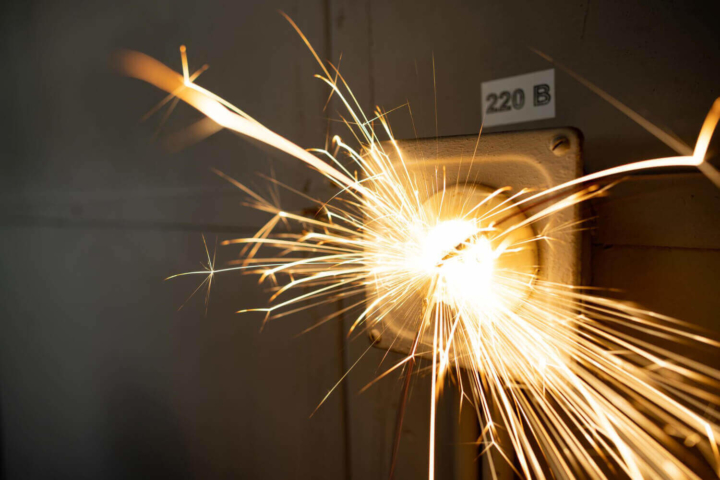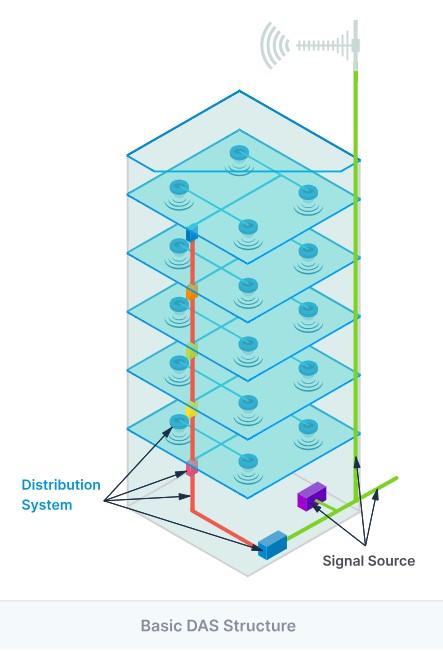Mitigating arc flash risk is essential to ensure a safe environment for people and equipment. Subject Matter Expert Jacob Garner brings clarity to the process of successfully reducing risk through studies, code compliance, and maintenance.
What is arc flash? What are the risks of an ark flash release?
An arc flash is a dangerous condition associated with the release of energy caused by an electric arc. An arc flash is typically associated with open electrical equipment that is serviced while energized and poses a severe risk to those in near proximity. These explosions may cause burns, injuries and/or death depending on the severity. Arc flash incidents typically occur in applications above 120 volts and can occur when electrical equipment is inspected or serviced.
How can arc flash hazards be mitigated?
The Standard for Electrical Safety in the Workplace (NFPA 70E) provides the policies, procedures, and engineering information to reduce the risk of arc flash events. The ideal solution to mitigate arc flash is to not work on live equipment. When live work is required, NFPA 70E gives information on working procedures and Personal Protective Equipment (PPE) selection.

How do engineers reduce arc flash risk?
Engineers help reduce the risk of arc flash by educating all parties involved in installing and maintaining electrical equipment, advising on mitigation strategies, and providing an arc flash study. Mitigation strategies can include improved protective device settings, “Maintenance Mode” switches, remote-operated breakers, zone selective interlocking, differential relaying, and physical design parameters such as the segregation of protective devices.
What is an arc flash study?
An arc flash study provides the incident energy at each piece of equipment, along with other information prescribed by NFPA 70E, for a worker to determine the level of PPE required for energized work. The study will include gathering data on the site’s electrical system and analysis using a power studies software suite. Typically, an arc flash study will also include recommendations for mitigating particularly dangerous circumstances.
Who should consider arc flash protection?
All building owners and facility managers should consider the risk and impact of an arc flash incident in their workplace. Other standards and authorities should also be considered for guidance, including OSHA and insurance company requirements.






